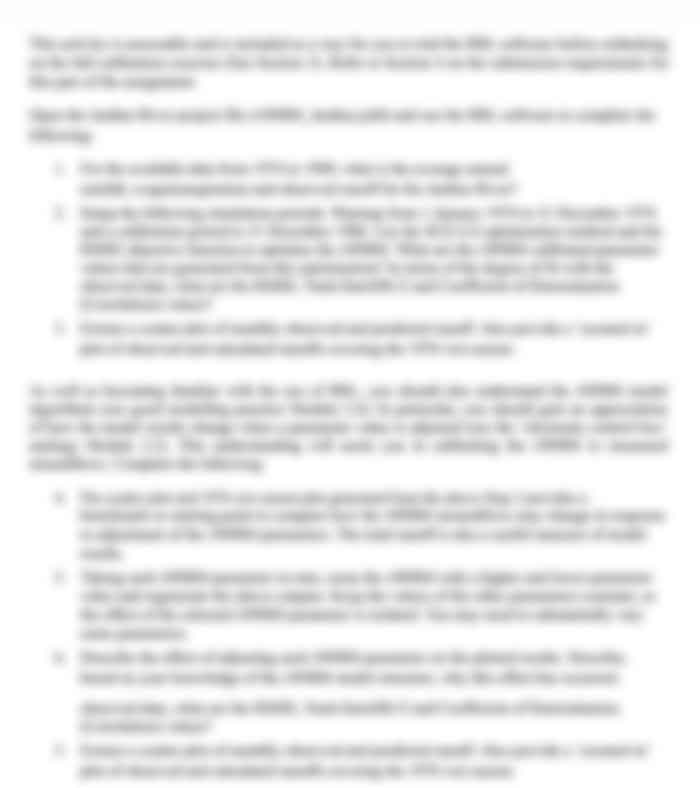Information Sheet Plan: Chronic Obstructive Pulmonary Disease (COPD)
Introduction Chronic Obstructive Pulmonary Disease (COPD) impacts the respiratory organs and results in chronic respiratory manifestations. These include inflammation and remodeling of the bronchioles and alveoli, though they carry an obstructive airway that is irreversible (Bouza et al. 2020). COPD encompasses two primary conditions; chronic bronchitis is a long-term inflammation of the bronchial tubes while emphysema is the gradual dissolution of the alveoli of the lungs to provide very little space for the exchange of gases. The changes result in breathing difficulties, coughing, mucus production, and respiratory tract infections (Chen et al. 2020).
Burden of Disease
Impact on Quality of Life: COPD is a chronic illness that diminishes physical functioning, decreases exercise tolerance, and is associated with mood disturbances such as fatigue and depression
Disability-Adjusted Life Years (DALYs): This affirmed that COPD led to a significant loss on DALYs thus proving its toll on individuals and the healthcare sector (Hurst et al. 2021).
Quality-Adjusted Life Years (QALYs): COPD leads to a reduction in QALYs, reflecting the substantial decline in both the quality and quantity of life.
Impact on the Medical System and Economy: COPD causes concerns in many areas of interest mainly hospitalization and long-term care and cost of health care. Economically there is a massive cost in terms of production losses and high incidences of disabled employees (MacLeod et al. 2021).
Clinical Manifestations
- Symptoms:
o Persistent cough
o Sputum production
o Dyspnea (shortness of breath), especially on exertion
o Wheezing
o Chest tightness
- Signs:
o Reduced breath sounds
o Prolonged expiration
o Use of accessory muscles during breathing
o Cyanosis in advanced stages
Investigations
- Pulmonary Function Tests (PFTs): Spirometry is the gold standard for diagnosis, showing reduced FEV1/FVC ratio (Meehan et al. 2022).
- Imaging:
o Chest X-ray: To identify hyperinflation, flattened diaphragm, and rule out other conditions (Issac et al. 2021).
o CT scan: For detailed imaging of lung structure, detecting emphysema.
- Laboratory Tests:
o Arterial Blood Gases (ABGs): To assess oxygenation and ventilation status.
o Alpha-1 Antitrypsin Levels: For genetic predisposition screening (Sorge & DeBlieux, 2020).
- Screening Tests:
o Regular spirometry for at-risk populations (smokers, occupational exposures).
o Questionnaire-based assessments like the COPD Assessment Test (CAT).
Treatment
- Pharmacological:
o Bronchodilators (Short-acting and Long-acting)
o Inhaled corticosteroids
o Combination inhalers
o Phosphodiesterase-4 inhibitors
o Antibiotics for acute exacerbations
- Non-Pharmacological:
o Smoking cessation programs
o Pulmonary rehabilitation
o Oxygen therapy for hypoxemic patients
o Surgical interventions in select cases (e.g., lung volume reduction surgery, lung transplantation)
- Lifestyle Modifications:
o Regular physical activity
o Nutritional support
o Vaccinations (influenza, pneumococcal)
Aetiology and Pathophysiological Process
- Aetiology:
o Major risk factor: Tobacco smoke (primary and secondary)
o Environmental exposures: Air pollutants, occupational dust, and chemicals
o Genetic factors: Alpha-1 antitrypsin deficiency
- Pathophysiology:
o Inflammation: Chronic exposure to irritants leads to inflammation and narrowing of airways (Stockley et al. 2008).
o Mucus Hypersecretion: Goblet cell hyperplasia results in increased mucus production (Dabscheck et al. 2022).
o Airway Remodeling: Structural changes due to chronic inflammation.
o Alveolar Destruction: Emphysema involves the destruction of alveolar walls, reducing gas exchange surface area (Prasad, 2020).
Medical Terminologies
- FEV1/FVC Ratio: Forced Expiratory Volume in one second/Forced Vital Capacity
- Dyspnea: Difficulty in breathing
- Cyanosis: Bluish discoloration of the skin due to low oxygen levels
- Hyperinflation: Increased lung volume beyond the normal limit
- Bronchodilator: Medication that relaxes bronchial muscle resulting in widened air passages
Are you struggling to keep up with the demands of your academic journey? Don't worry, we've got your back!
Exam Question Bank is your trusted partner in achieving academic excellence for all kind of technical and non-technical subjects. Our comprehensive range of academic services is designed to cater to students at every level. Whether you're a high school student, a college undergraduate, or pursuing advanced studies, we have the expertise and resources to support you.
To connect with expert and ask your query click here Exam Question Bank

